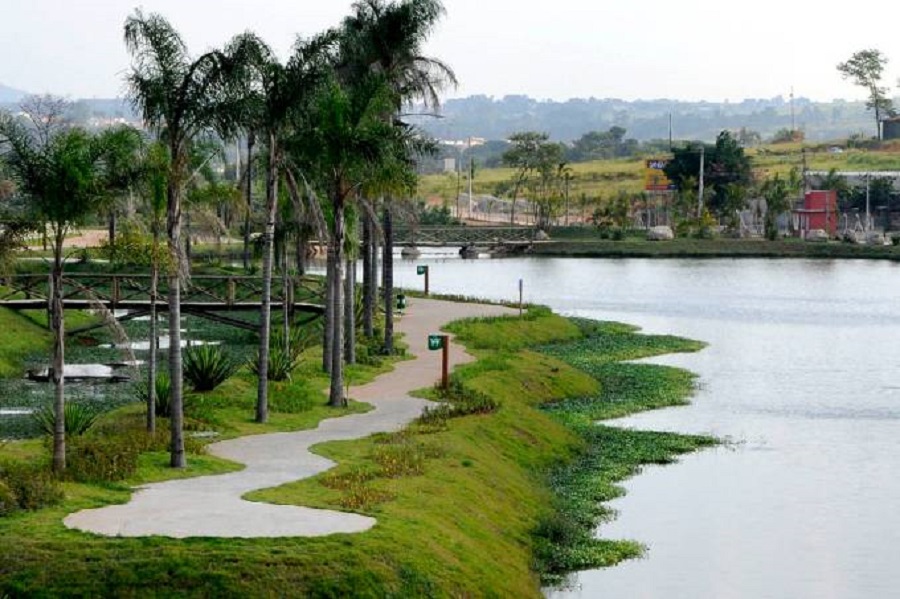RIO DE JANEIRO, BRAZIL – Located 55 kilometers from the São Paulo capital and with an estimated population of 426,935 inhabitants, according to the IBGE (Brazilian Institute of Geography and Statistics), the city was ranked first by the institute.
The positive performance was no coincidence. According to National Sanitation Information System (SNIS) data used in the study, Jundiaí treats 100% of the sewage volume generated, supplies water to 99.07% of its population, and collects 98% of sewage from the total number of inhabitants.

In a country marked by deep inequalities, the percentages Jundiaí achieved are a point completely out of the curve. In the North Region, with the worst rate in Brazil, only 12% of the population has sewage collection,
The North is followed by the Northeast, with 28% of the population served with sewage collection, the South (46.3%), the Midwest (57.7%), and the Southeast (79.2%). The situation is similar when comparing the percentage of the Jundiaí population with access to treated water in relation to the state and the region where it is located.
However, the distinction of the São Paulo municipality was not the result of an overnight effort. Since the 1980s, Jundiaí’s administration has been putting into practice planning and investments that were carried out as a state policy – just as it should be with the rest of the country.
According to Mayor Luiz Fernando Machado, measures such as fighting clandestine connections, changing leaky water meters, fighting default on water bill payments to provide the municipality with financial soundness, and removing the population from illegal settlements around dams were key to this success.
“One of the results we achieved with all these efforts was the ranking of the Jundiaí River as class 3 in 2017, which allows its water to be treated for consumption by the population,” said Machado, elected in 2016 and again in 2020. The river’s watercourse is 30 kilometers long in the municipality that lends it its name.
Machado also highlights the partnership with private enterprize for the provision of sewage services, which began in 1996 in Jundiaí. “It was a great asset that the public administration always had to attract investments,” the Mayor said. The current target is to reach 100% of the population served with treated water and piped sewage, a goal the Mayor intends to meet by the end of 2024.
“This part of the population is located in the rural region of Jundiaí, where population density is lower and the investment to expand the service is higher. The total investment required is between R$100 (US$18) million and R$120 million,” he added.

